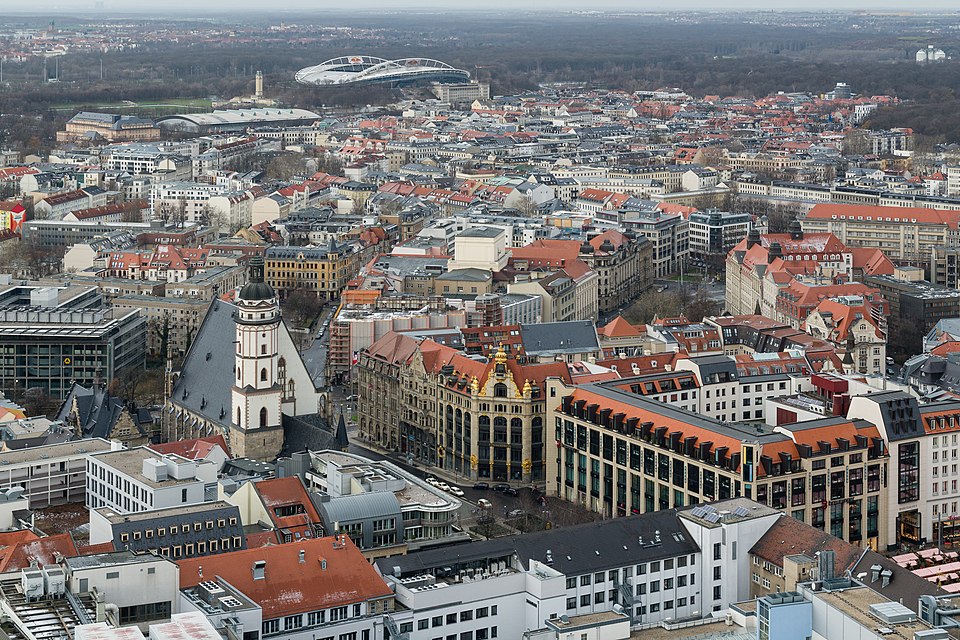

Curated experiences in Leipzig
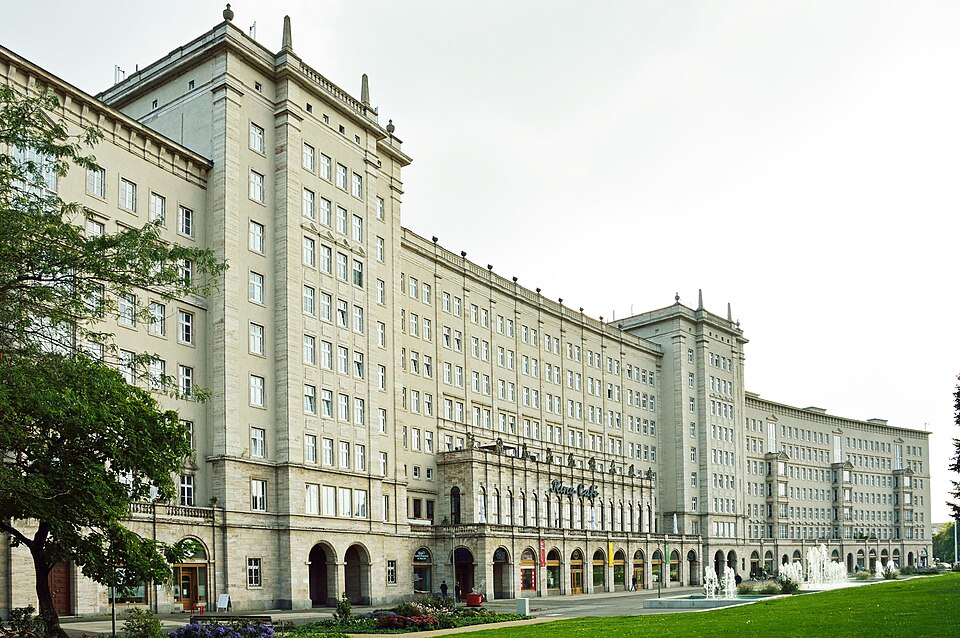
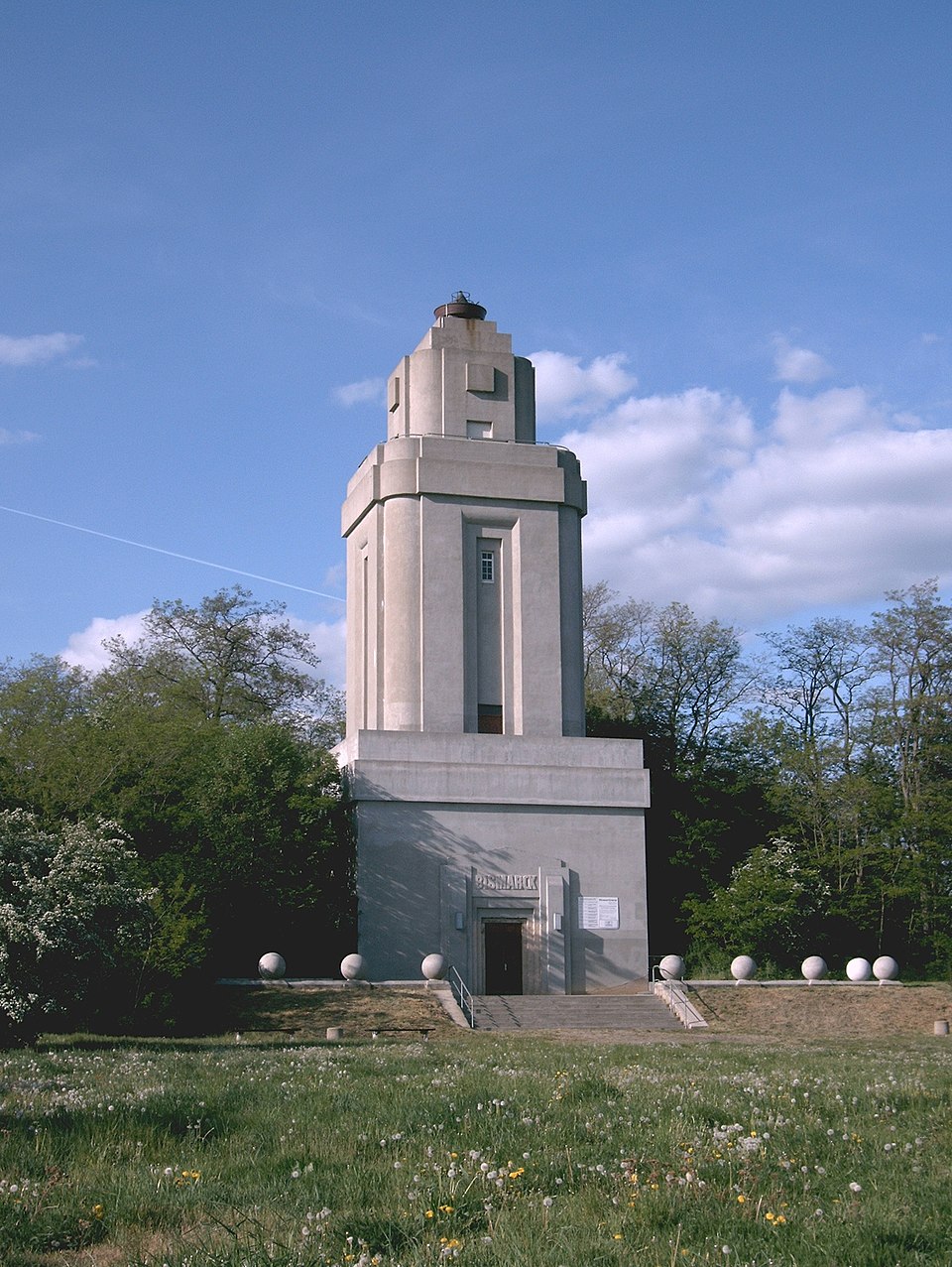
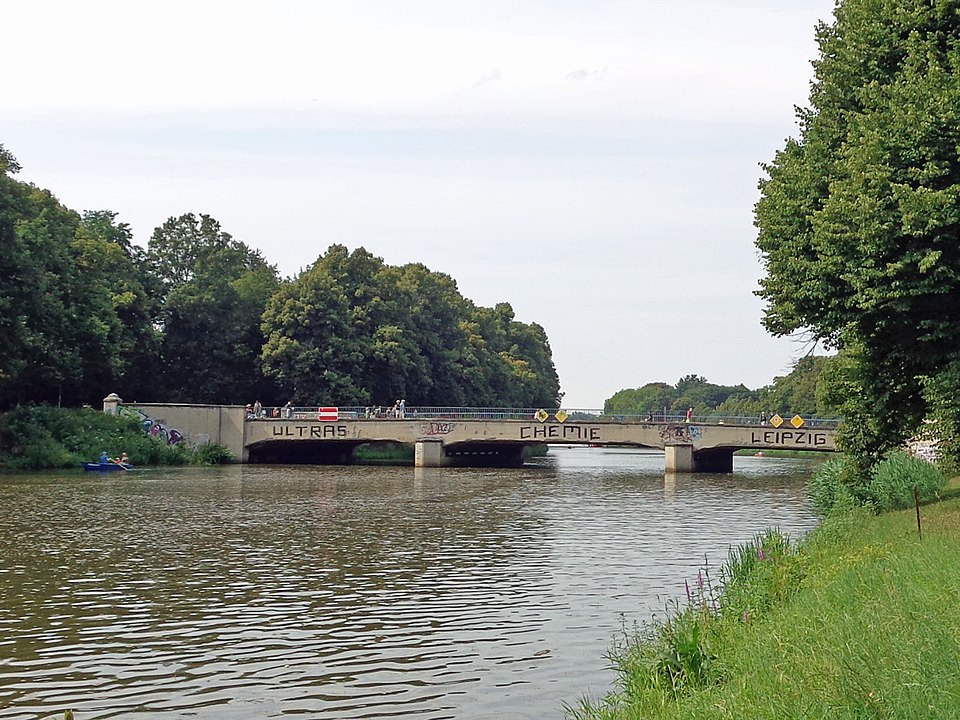
The Saxons' Bridge (Litt.: Sachsenbrücke) over the Elsterflutbett (the flood channel of the Elster) connects the eastern and western parts …
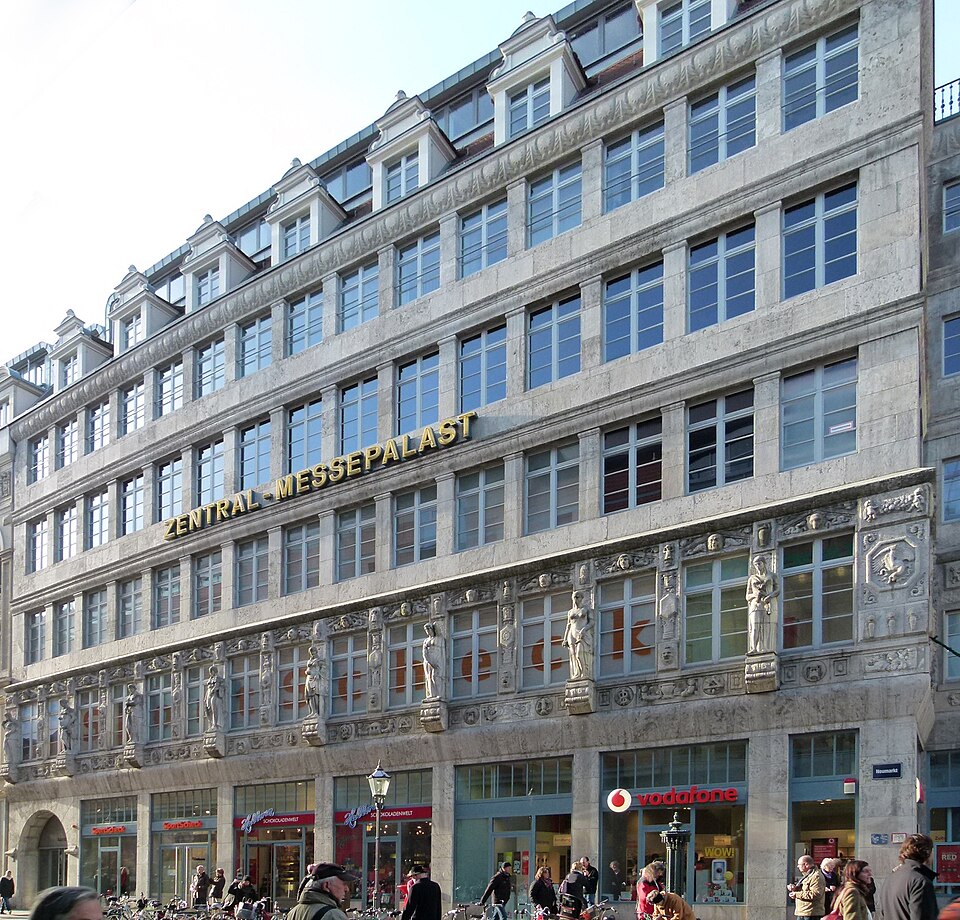

The Moritzbastei (translation: Moritz bastion) is the only remaining part of the ancient town fortifications of Leipzig. It is located …

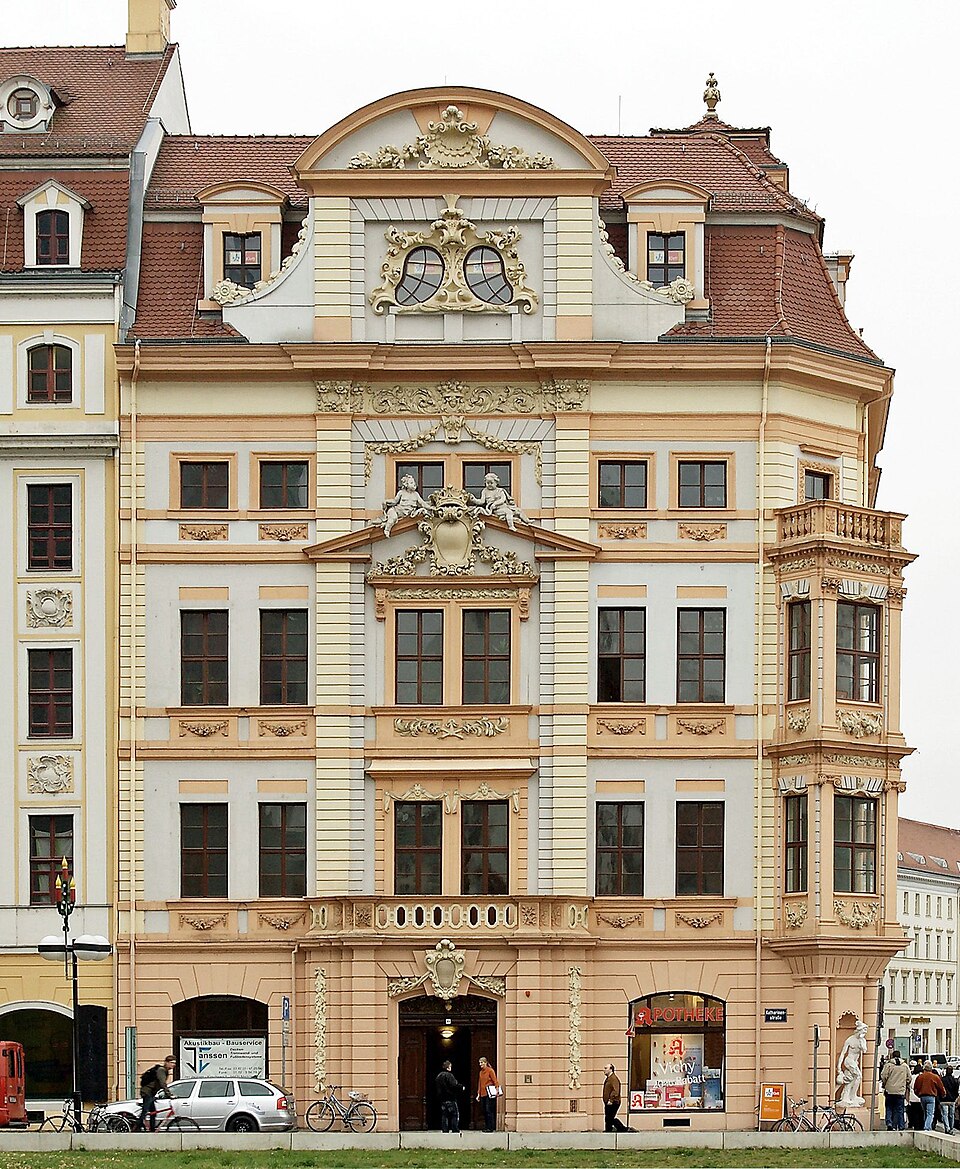
The Romanus House is a historic building in Leipzig, Germany, located in the borough Mitte, on the corner of Brühl …

The Städtisches Kaufhaus in Leipzig, designed by the municipal architects Rayher, Korber and Müller in the style of Baroque Revival …

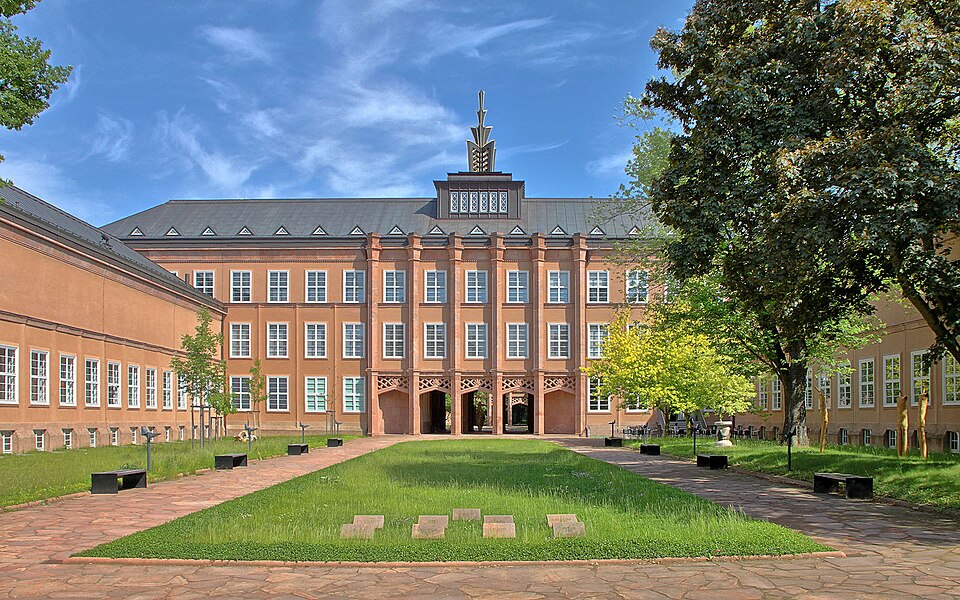
The Grassi Museum is a building complex in Leipzig, home to three museums: the Ethnography Museum, Musical Instruments Museum, and …

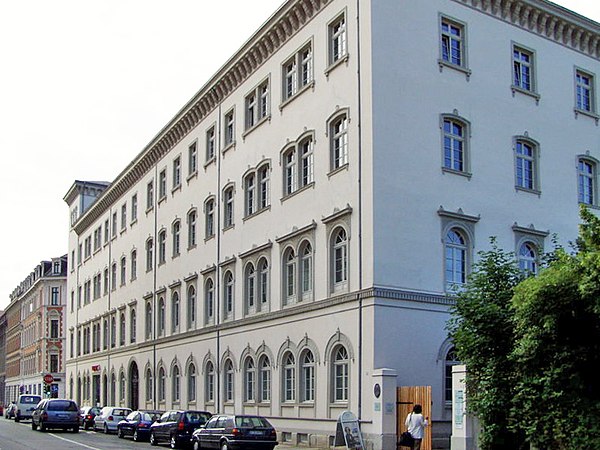
Mendelssohn House is a museum in Leipzig in Saxony, Germany. The composer Felix Mendelssohn lived here from 1845 until his …
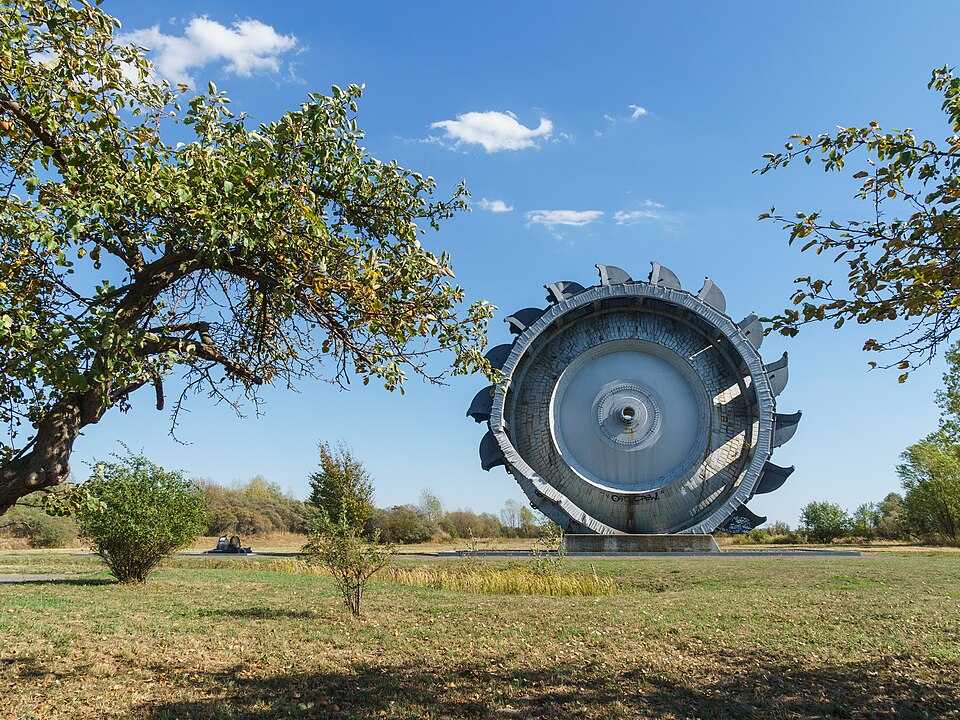
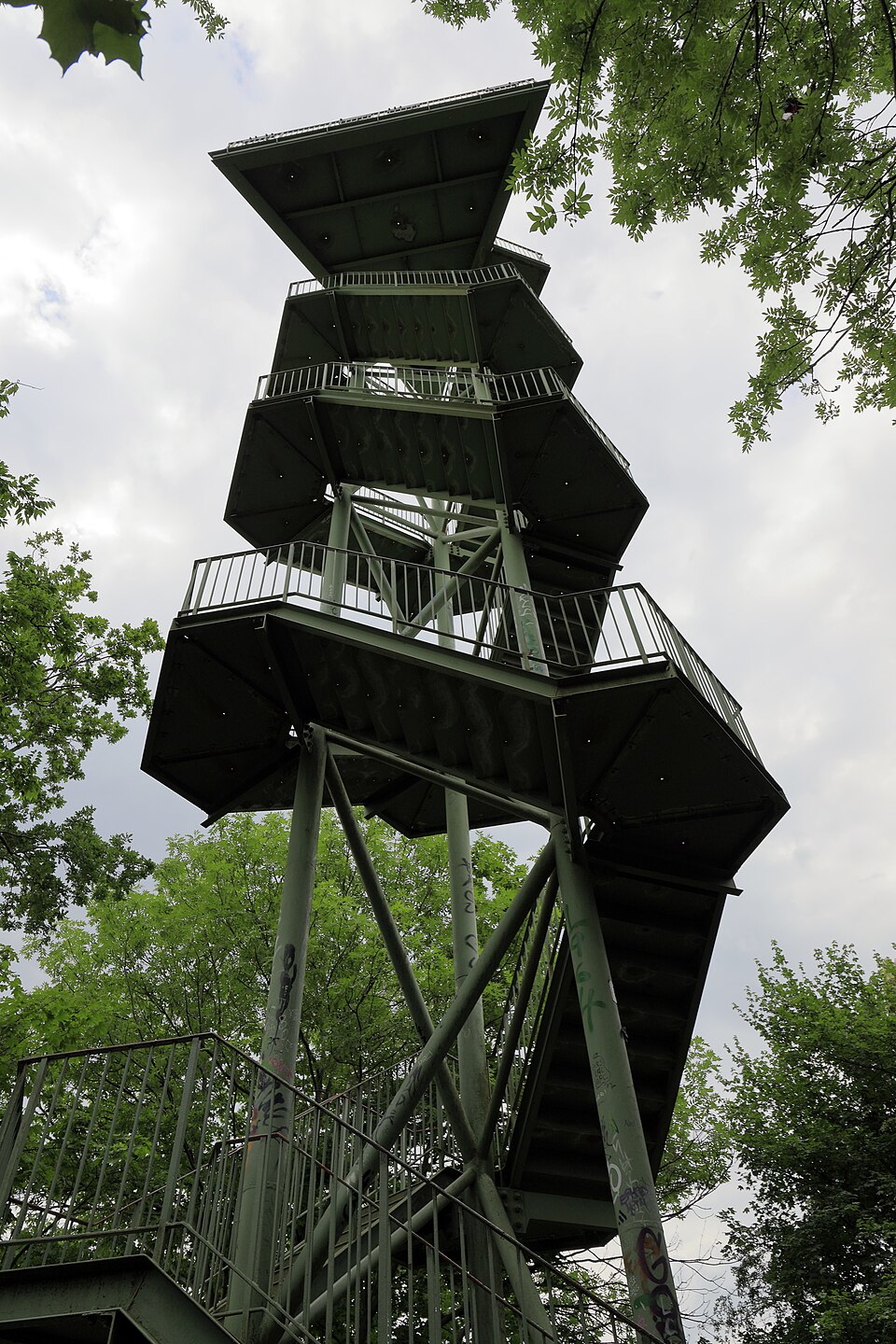
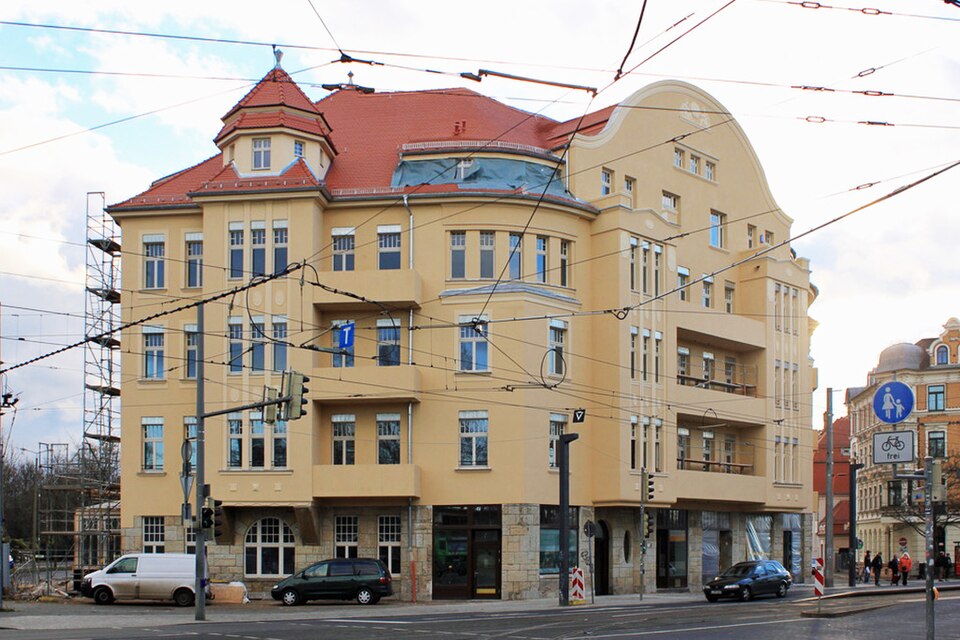
The Capa House is a building in the Lindenau quarter of Leipzig, Germany at Jahnallee 61. It is named after …

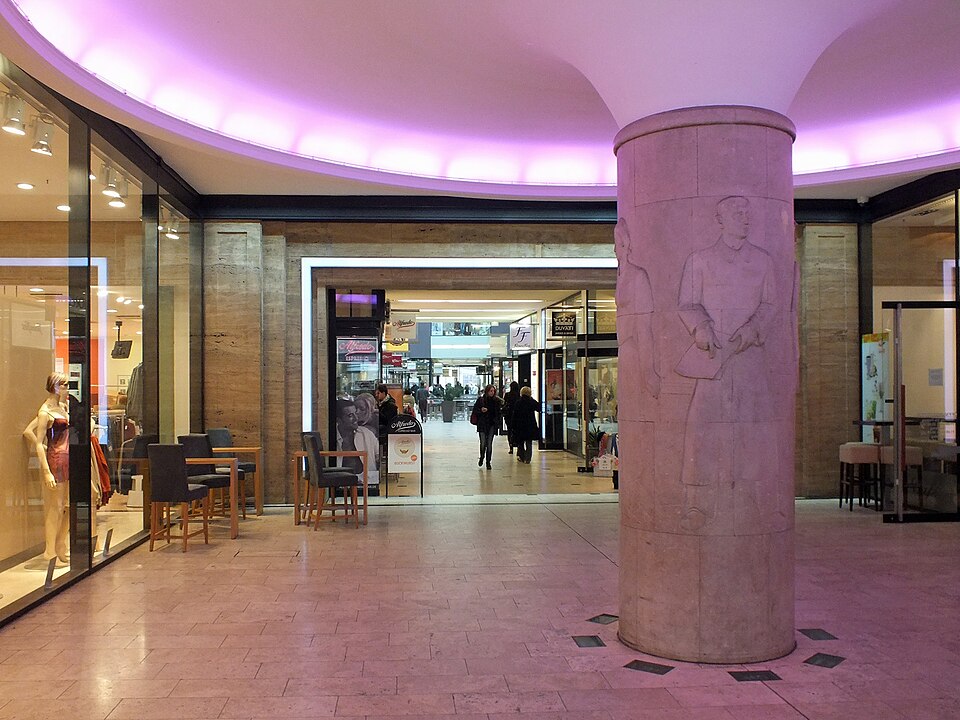

The Mädler Arcade Gallery (Mädlerpassage) is the last completely preserved historic shopping arcade covered by an end-to-end glass roof in …
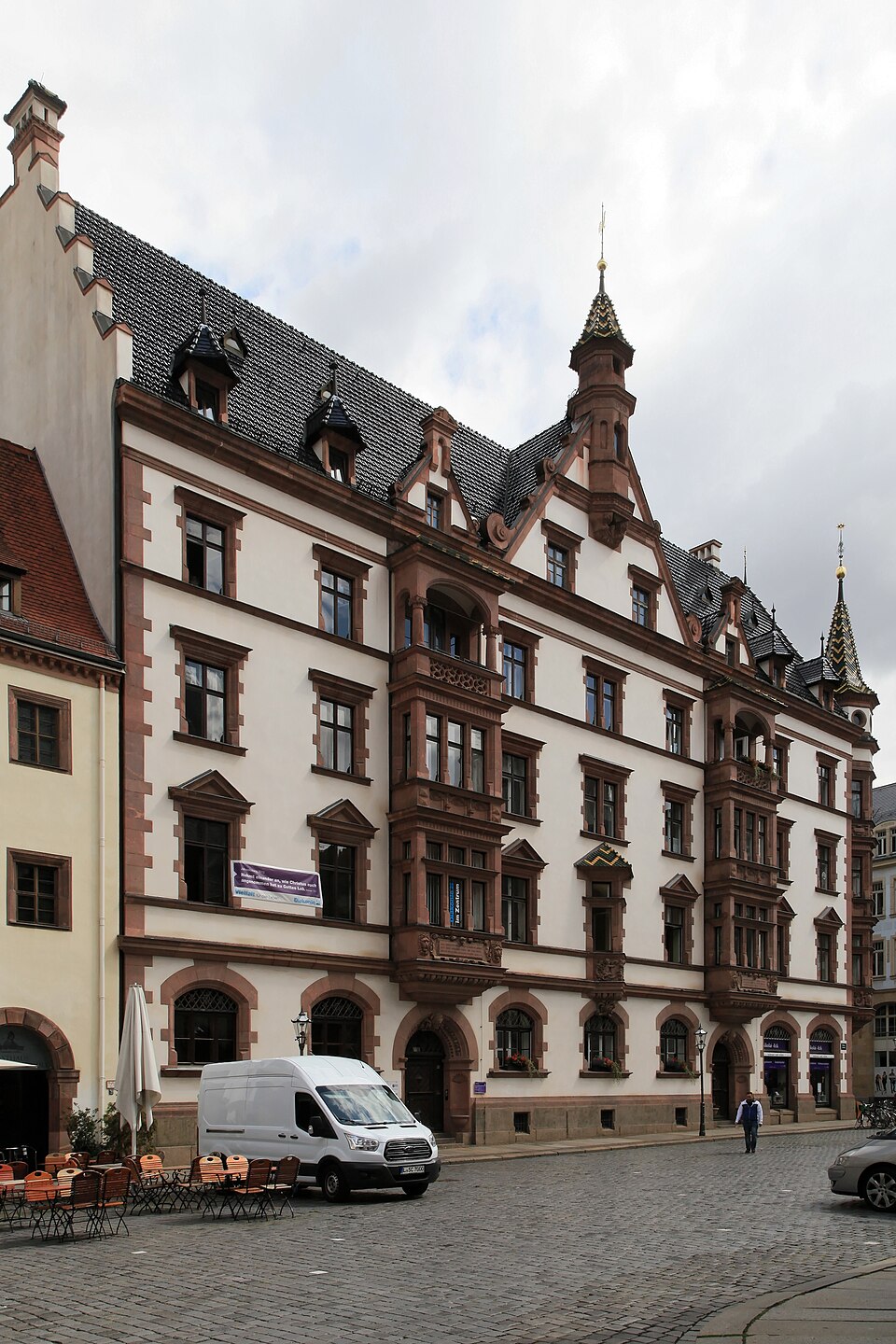
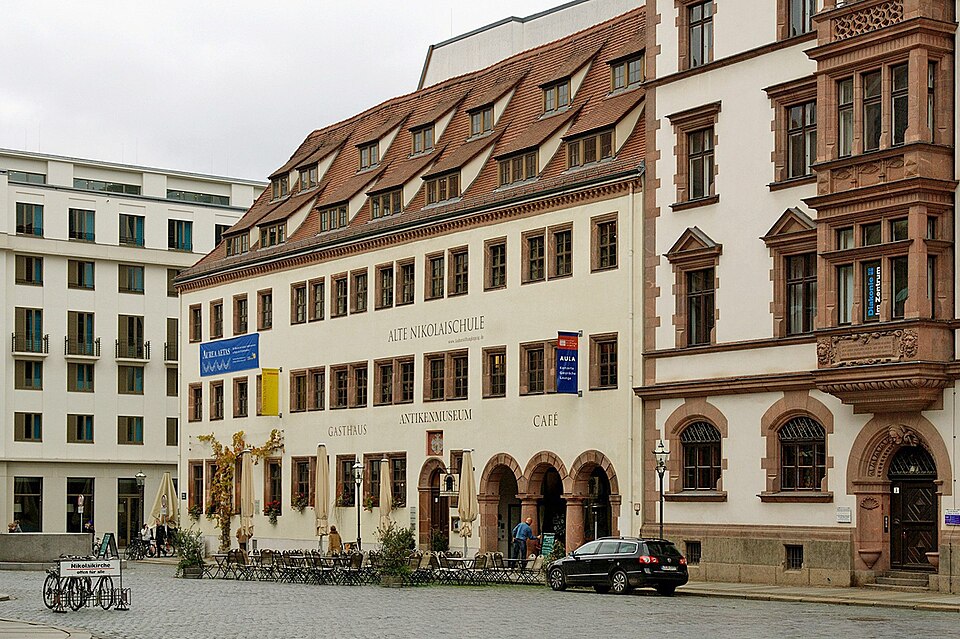
The Old St. Nicholas School was the first non-church secondary school in Leipzig, Germany. The native German name is Alte …
Create a personalized itinerary and unlock the finest experiences Leipzig has to offer
Plan Your Trip